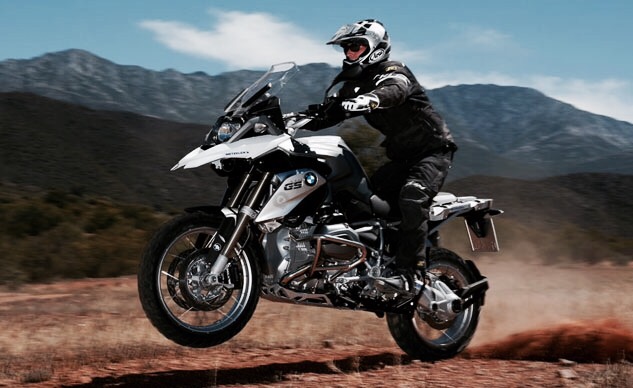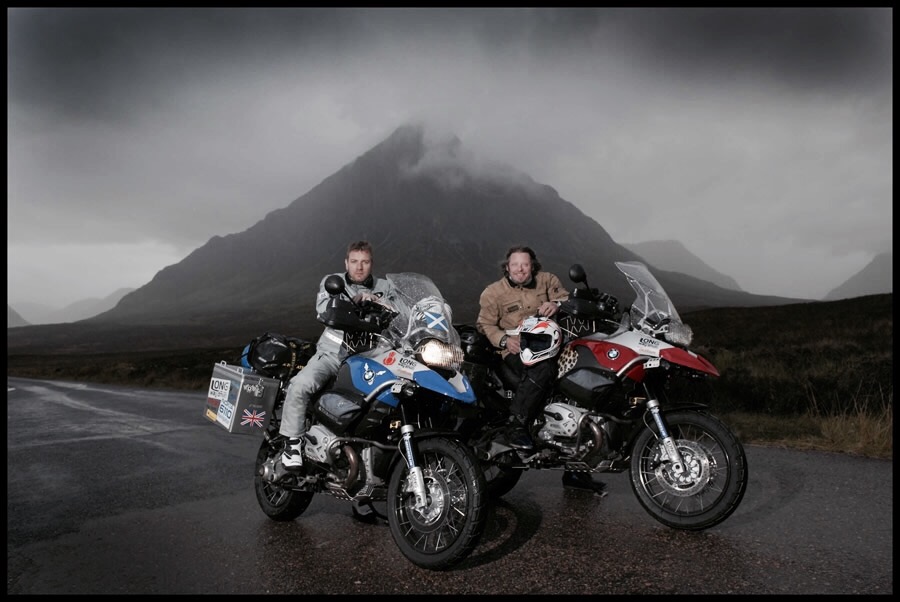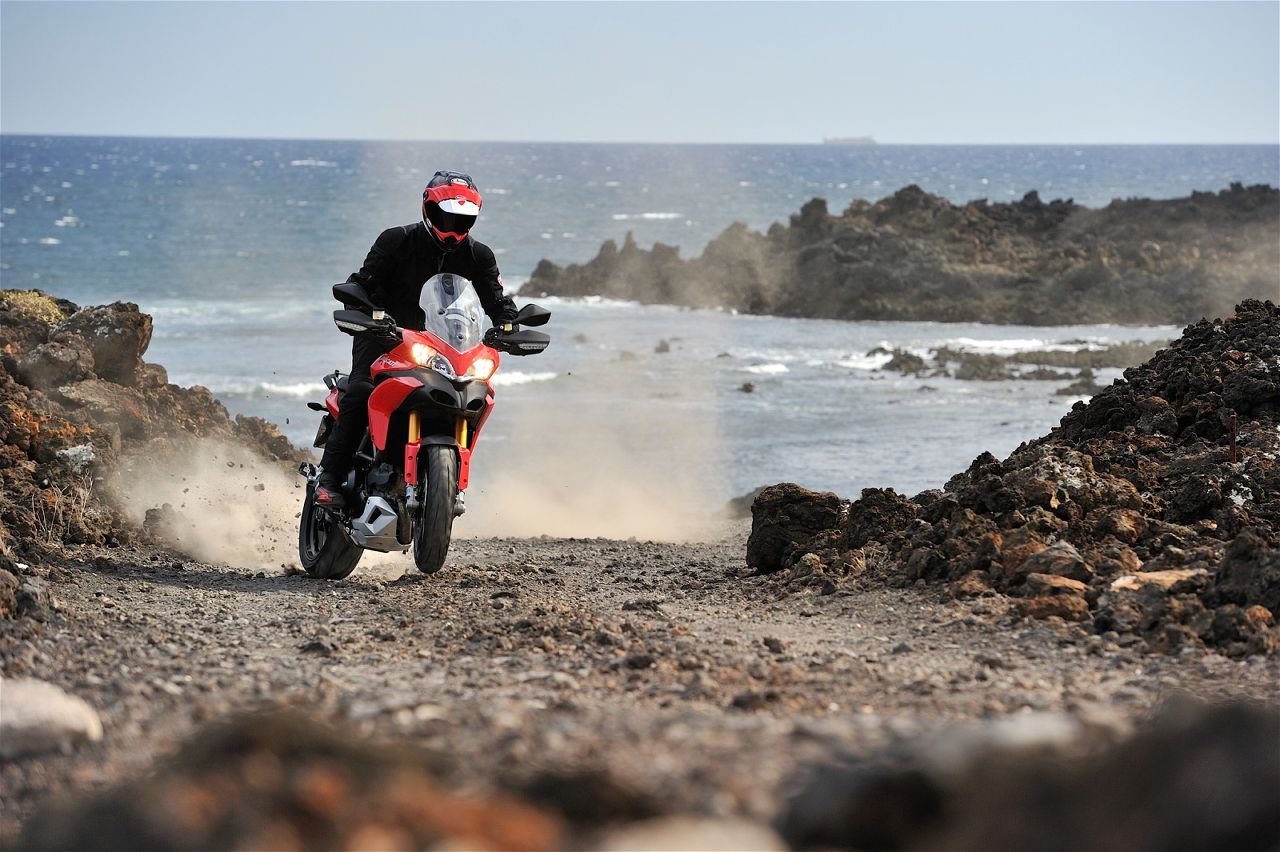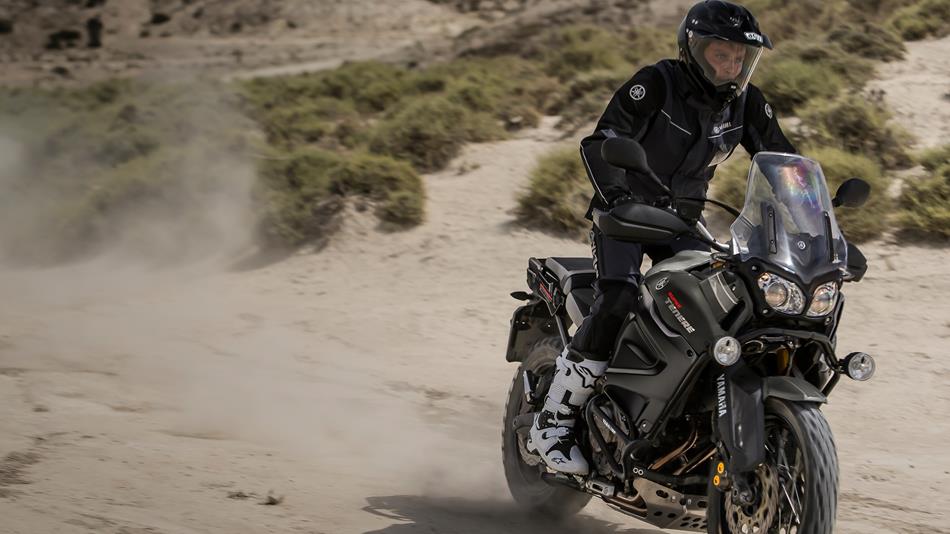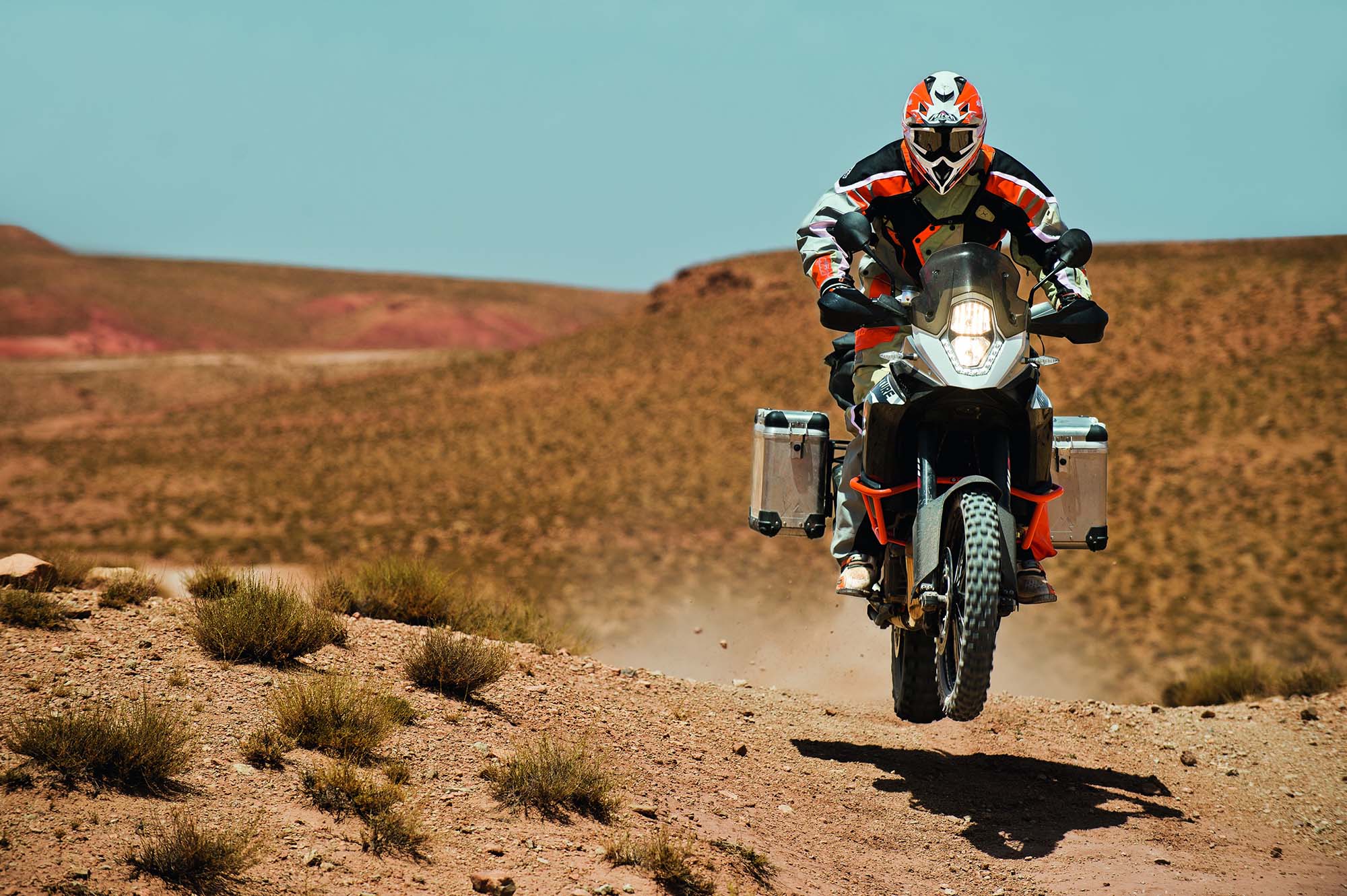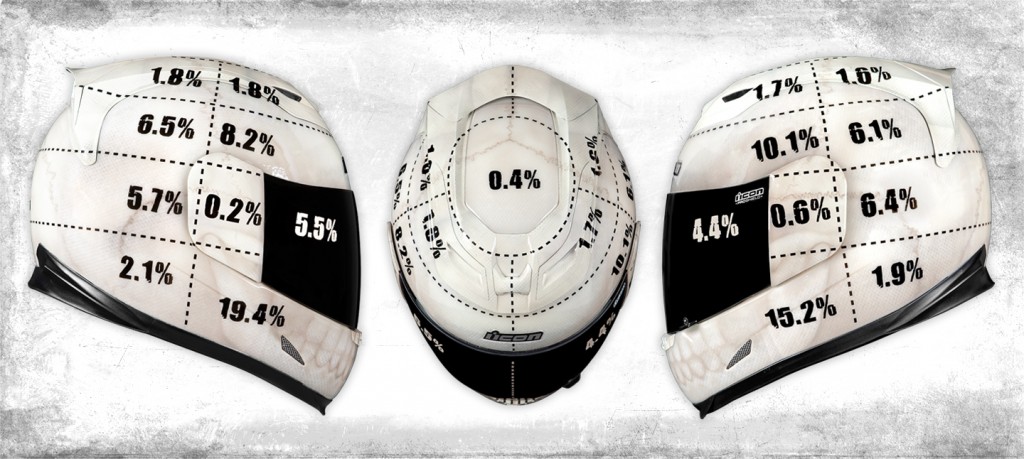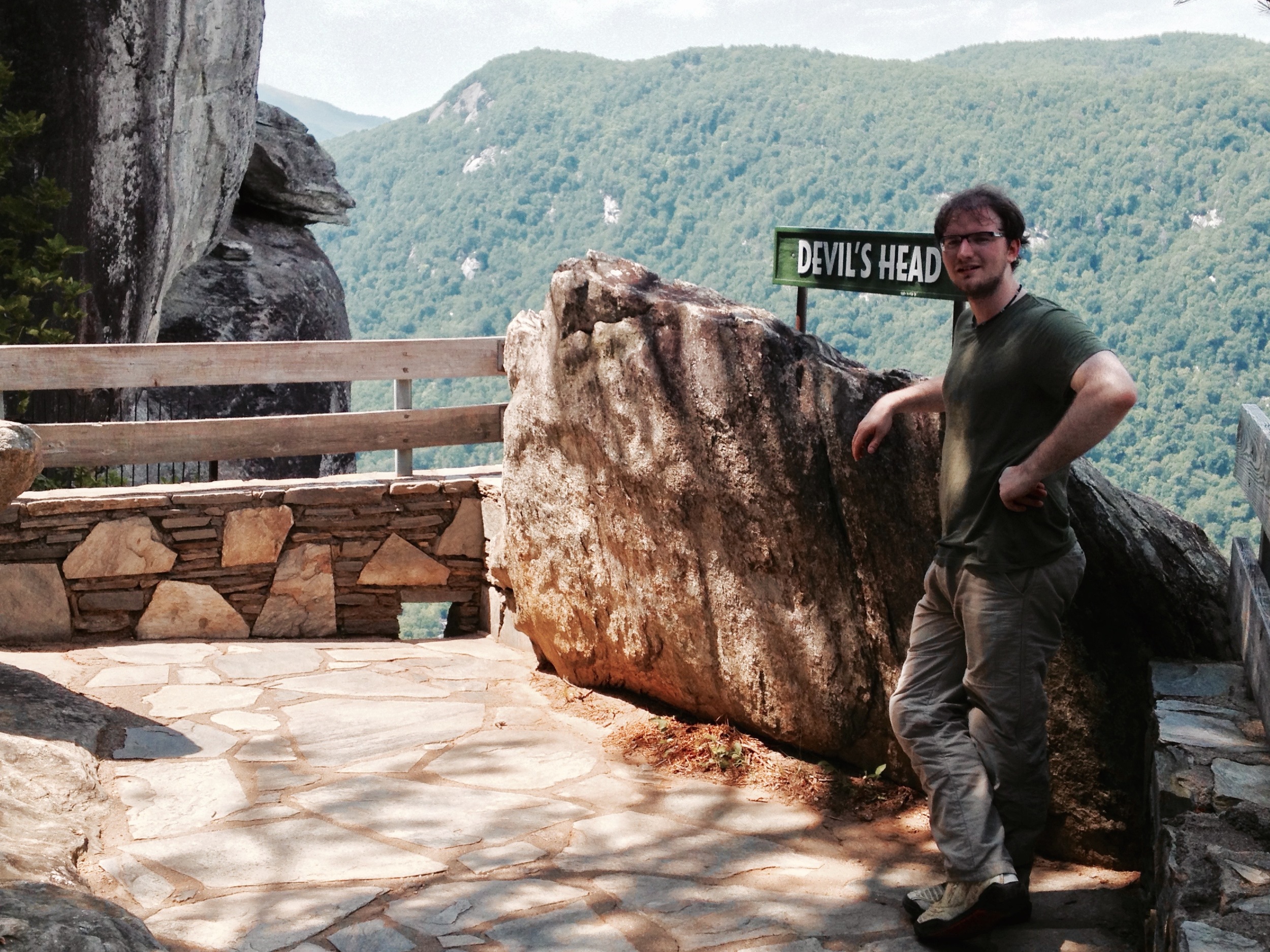The Yamaha WR250R is economical, reliable, capable, and fun to ride anywhere. Dual-sport perfection. But that's not to say there isn't an alluring alternative.
Imagine a WR250R unhinged: A 690cc thumper wedged into an orange powder-coated trellis, with high-spec chassis components and tuning to match. That’s the KTM 690 Enduro R, in all its dumb magnificence.
Let's mix it up and start with the drawbacks. This monster vibrates so much, it disassembles itself as you ride out of the dealership. The only known solution is to loctite everything. Or say goodbye to your exhaust heat shields as they pang down the road behind you.
$10,300 is a lot for a toy, but the real expense is in replacement parts. For perspective: A clutch lever on a WR250R shouldn’t run you more than $25. Meanwhile, the KTM lever, forged by mythical beings in Whereverthehell, probably runs $100 - or close to that much (tell me if you find such a lever in stock somewhere). Same problem with the recommended engine oil. What kind of unicorn blood is 10w60, why is it necessary, and why should a DIY oil change cost me $100 in replacement screens and other bits and bobs?
The airbox…don’t get me started. The stock paper air filter seems designed to let dust get shaken into your engine, and poorly molded plastic can prevent the filter lip from seating properly if you’re not careful. And don’t try to torque down the screws to force it closed - you’ll twist out these little brass inserts and ruin your airbox, you fool. Yes, I have lost sleep over these things.
Why would you put up with this crap over a WR250R? Because while the WR250R is fun to ride, the 690 is bonkersly, life-changingly, tongue-hanging-out-ingly fun in the dirt - all while being safer on the street.
That Dakar Rally-bred, vibe-happy single cylinder - the most powerful production thumper in the world at nearly 70hp - has the torque to go full Wookie on your arms, yet the throttle is weirdly smooth and easy to modulate. The clutch and brake are simply the best in dual-sporting for feel, effectiveness and ease of use. I find the 690 easier to ride longer on most trails than my more specialized offroad-only WR450F. It's just a big kitty-cat with mirrors. This is a video of me cautiously breaking it in:
KTM made some extremely important changes for the 2014 model year, starting with superb antilock brakes on both wheels. This is a big deal, as the research shows it has an enormous impact on road safety. The Austrians also tweaked the engine for '14, adding the super-smooth fly-by-wire throttle and a second spark plug for more efficient combustion. More torque, lower emissions, less fuel and more range out of a tank.
There are several other elegant design choices here too. For example, the sturdy plastic gas tank does double-duty as a rear subframe, shifting mass rearward. In addition to freeing up more space for the engine, this layout reduces total mass and keeps more weight on the back wheel, improving stability at speed and reducing the risk of getting stuck in mud or sand while keeping the bike light and flickable. Neato. However, you need to get on the very front of the bike to corner hard or powerslide it - otherwise it just hooks up, goes to warp and before you know it, you're nose-to-nose with the next corner.
The suspension is down on travel an inch or two compared to offroad-only bikes, but it has good bottoming resistance for aggressive trail riding. The tradeoff here is slightly stiff high-speed compression valving in the front end - square-edged bumps like rocks and roots are especially harsh.
As far as aesthetics go, I would describe it as eye-catching, but certainly not the classiest thing on the road. Like most dual-purpose machines, this is a tennis shoe, not a brogue. For a while, it was the only furniture I had - the wild graphics and orange trellis frame really tied the room together, adding some personality to my otherwise strictly utilitarian apartment.
Categorizing the 690 in a forest of competitors is difficult. The engine size puts it in a league with the Kawasaki KLR650, Honda XR650L and Suzuki DR650 - but those old pigs are decades behind in terms of power, weight and quality of components. You would not want to thread those bikes' handlebars through trees, with all that mass teetering over every ridge in the trail...
Based on overall riding experience, I would instead classify it as a souped-up 250 dualsport. More dirt-oriented mounts like the KTM 500 EXC may be street legal and lighter to toss around offroad, but they won't have the comfort, reliability or excellent street manners of the 690. Only the new Husqvarna 701 - essentially a 690 with slightly longer suspension travel and new bodywork - can match the 690 at its own game.
If you care about freeway performance, you should know this KTM doesn't crank out as much raw horsepower as multicylinder offerings in the "middleweight adventure" class - Tiger 800XC, BMW F800GS etc. However, anecdotal experience suggests an abundance of torque (68nm, to be metric) and far less weight to haul around means it will keep pace with these competitors anywhere up to 100mph.
Larger, sexier, heavyweight adventure motorcycles - even the hardcore KTM 1190 Adventure R - may be better at sitting on the freeway for hours on end, but they won't hold a candle to the 690 while going down anything tighter than double-track.
In my view, it's easier to bolt a windshield and a comfy seat to a 690 than to shed pounds off of a "travel enduro" in effort to make it easier to handle when the going gets tough.
tl;dr - the 690 is the premium on/offroad performance motorcycle. There are cheaper options, but none as genuinely exhilarating.
To make a great bike better for my purposes, I've performed the following modifications:
Weight reduction
- Lithium ion battery
- Carbon fiber/aluminum quiet turndown exhaust system
Safety and Protection
- MondoMotos auxilliary lights
- Moose Racing handguards
- Adventure-Spec engine case guards
- Flatland Racing aluminum bashplate
- Aussie UNI foam air filter
Performance
- Second set of wheels with Metzeler Karoo 3 tires
- 47T steel/aluminum sprocket for offroad rear wheel
- X-ring chain
- UHD tire tubes
Luggage:
- Doubletake mirrors
- Wolfman E12 saddlebags
- Wolfman fender bag
- Generic tank bag
- Generic handlebar bag
Other
- Rox pivoting antivibration handlebar risers
- Orange wheel strips
Now - just gotta figure out a way to get my motorcycle in the same country as me again so I can actually ride the damn thing...






